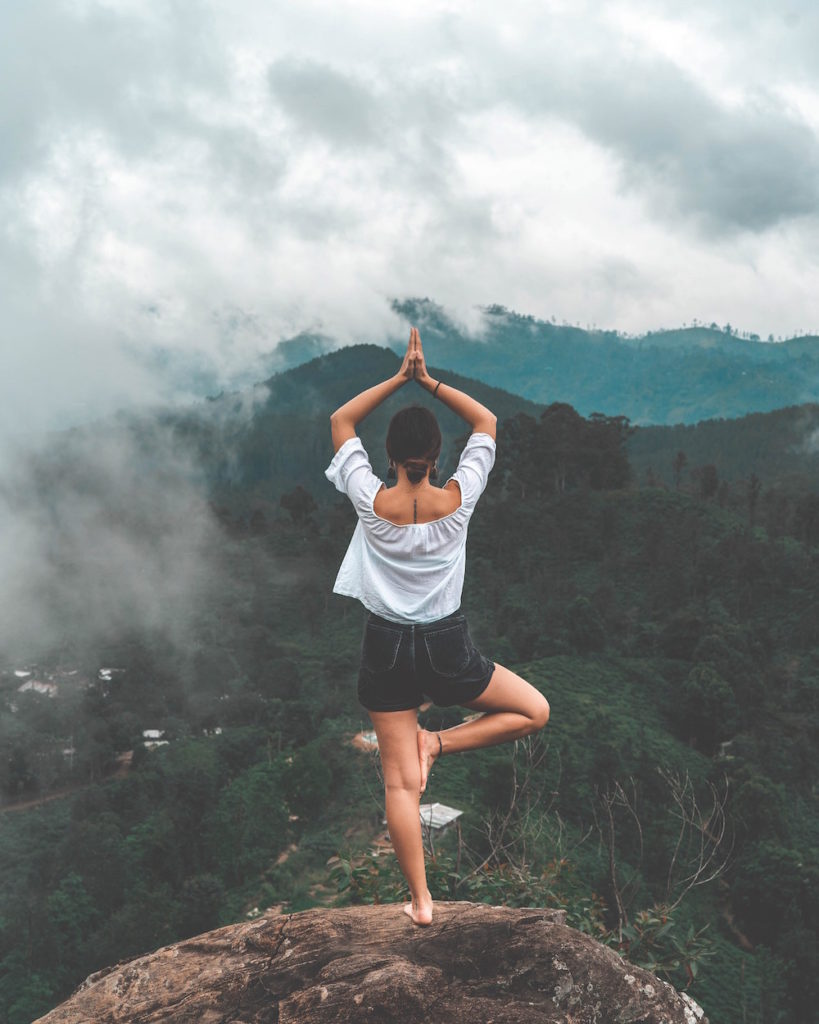 It was late September 2019, and I had just arrived at my favorite local yoga studio for vinyasa class. While signing in, I inquired about RYT 200 training classes. I signed up for the training several months prior and knew that classes were scheduled to begin in October, but I hadn’t received any further correspondence. The instructor assured me that I would receive an email from the studio owner with detailed instructions on what to bring and how to prepare for the first day of training.
It was late September 2019, and I had just arrived at my favorite local yoga studio for vinyasa class. While signing in, I inquired about RYT 200 training classes. I signed up for the training several months prior and knew that classes were scheduled to begin in October, but I hadn’t received any further correspondence. The instructor assured me that I would receive an email from the studio owner with detailed instructions on what to bring and how to prepare for the first day of training.
I did not, however, receive such an email. Genuinely, I wish this were my only complaint about this experience, because I love yoga. But after only 14 hours of my 200-hour training program, I opted out. (And, of course, they don’t give refunds.)
It seems more and more folks out there are looking to enhance their yoga practice via RYT 200 training. I know I was. I was excited to learn and eager to challenge myself physically.
Yet, I walked out with no regrets.
Here are my biggest issues with the RYT 200 training program I tried. Perhaps I can help someone else avoid making the same mistake.
Why I dropped out of Yoga Teacher Training
Lack of structure
Admittedly, I am pretty “Type A.” I thrive with structure; I like organization, and time management is important to me. Procrastination makes me anxious. It’s no surprise, then, that I didn’t take to the nonchalance with which the instructor of the program seemed to approach our training. There was no “course calendar” or tangible semblance of a schedule. When something was assigned, we were simply to get it done immediately. We weren’t given notice as to where we were going to be or how a specific day of training would be spent. Perhaps I’m controlling, but I don’t prosper under such conditions. I always get things done, but I require the opportunity to plan and balance my life accordingly.
Ahimsa
As a vegan in the Midwest, it isn’t as though I was realistically expecting to find a plant-based utopia of like-minded people to pursue RYT 200 certification together. Nonetheless, I couldn’t help feeling rather upset hearing the instructor discuss ahimsa as though it is something that should exclusively apply to humans. I’m not over-exaggerating—that was the takeaway. Our training in ahimsa was centered around humans; being nonviolent toward ourselves and being nonviolent toward other people. There was no discussion of violence toward animals.
Yoga is a philosophy that includes physical movement and postures, meditation and mental exercises, breath work, ethical precepts and a vegetarian diet. It is believed that the yogic philosophy was first codified in the second century BCE by an Eastern philosopher named Pantanjali.
Certainly, anyone can physically practice yoga without adhering to a specific diet. But choosing not to acknowledge ethical vegetarianism as central to ancient yogic philosophy struck me as cultural appropriation.
Sedentary
What excited me most about RYT 200 certification was the opportunity to challenge myself physically. I want abs; I want a headstand! Surprisingly, though, the RYT 200 program was super sedentary. Like, so sedentary that I was uncomfortable. I do work in an office, but while I’m at work I get up every hour to stretch and move. I assumed that our “sedentary” work would be assigned as homework and our time in the “classroom” would be spent practicing more physical aspects, but unfortunately this wasn’t the case.
Opting Out
Distressed, I didn’t know what to do. I knew that I hated the program. I feared that forcing myself to push through might take away from my yoga practice. The idea of quitting hurt my pride, though. I chewed on the decision for several weeks before finally realizing that I knew opting out was the right decision for me. I surrendered to “failing” at RYT 200 training and felt as though a huge weight was lifted. Never before had I been so happy to fail.
Hindsight
Considering RYT 200 training? I highly advise you to ask yourself what you want out of it. Ensure that the program is organized and structured in a way that works for you. See if you can catch a glimpse of the curriculum to ensure you don’t run into any major hiccups such as mine with ahimsa. And ask as many questions as possible regarding what the actual training looks like. (If you’re not trying to sit for hours, ask if its sedentary. If you’re not trying to do back to back power vinyasa classes, ask about physical intensity, etc.)
I cannot imagine my life without yoga, but that doesn’t mean RYT 200 training was right for me. And that’s okay.
Do you have any thoughts on RYT 200 training?
Also by R.Coker: Should Vegans Stop Using Wool? Why I Gave It Up
3 Simple Life Hacks That Will Reduce Your Anxiety-Induced Insomnia
Get more like this—Sign up for our daily inspirational newsletter for exclusive content!
__
Photo: Yannic Laderach via Unsplash




